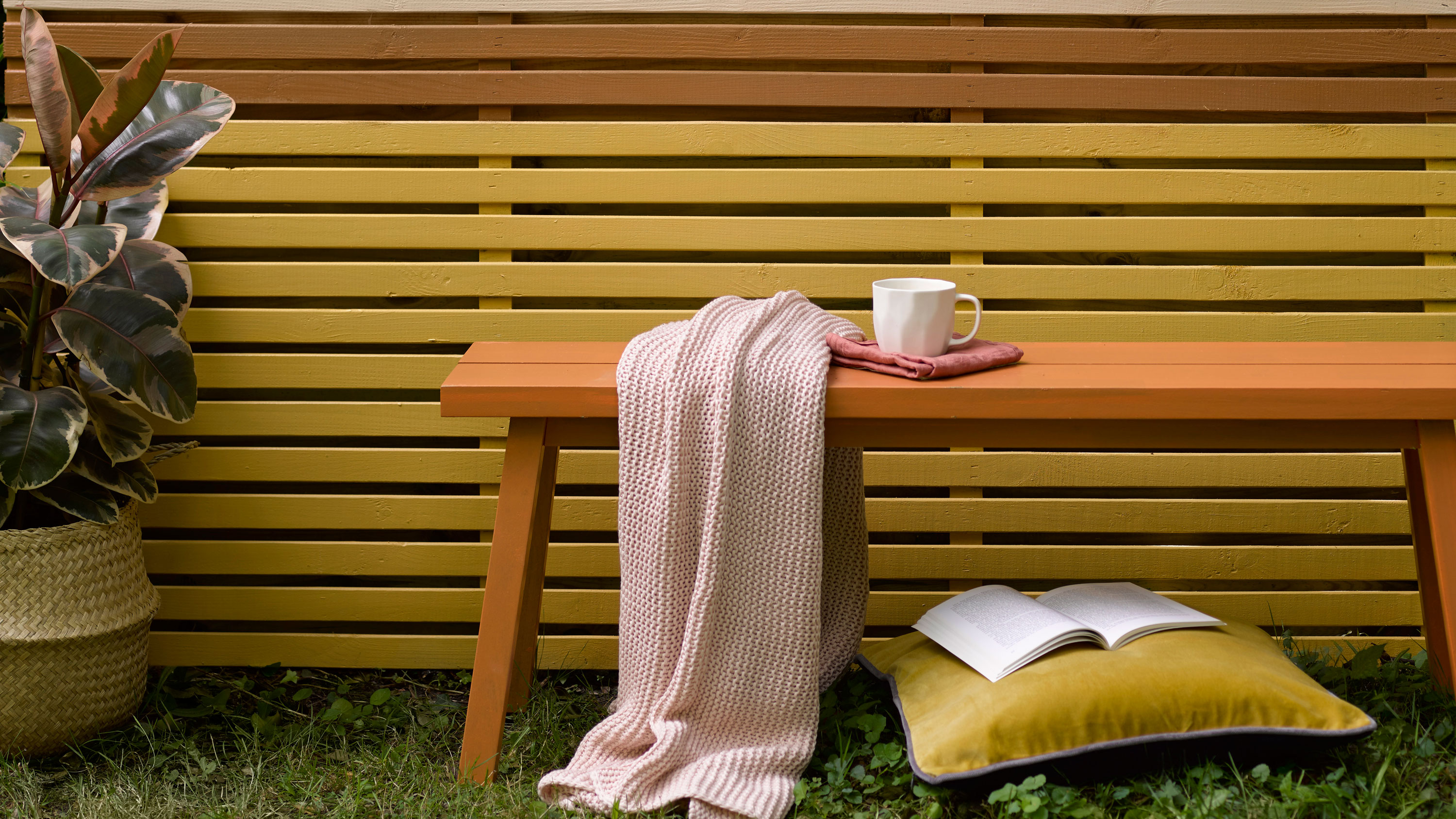
When it comes to outdoor wood products, painting them properly is essential for keeping them looking great and lasting longer. There are a variety of out door wood paint available, from specialized stains to exterior latex paints, each with its distinct advantages and considerations. Knowing the benefits, types, and preparation of exterior wooden paint is essential for choosing the best project.
Benefits of Using Out Door Wood Paint
Using exterior wooden paint provides several advantages. It creates a protective layer on exterior wood pieces, whether a deck, fence or other outdoor construction projects. This layer stops UV rays from breaking down and fading the paint while making it more resilient to moisture and extreme fluctuations in temperature. Additionally, some paints come in various styles, tints, and shades that improve the look of any outdoor space. They look more attractive than vinyl siding at homes.
Different Types of Outdoor Wood Paints
Most people consider exterior latex paint when considering wooden painting, but there are other options, such as wooden stains and oils. Wooden stains are designed to penetrate deep into the wood and protect it from moisture and fading while providing a slight coloring effect when applied. Oil-based stains penetrate deep into the wood but provide a richer colored finish and added durability. Exterior latex paint creates a bright glossy layer that provides extra protection and color.
Tips for Choosing the Right Color of Paint
When selecting the color for your project, it’s important to consider the next few years and how you would like your space to look. Start by considering the color of adjacent walls and other adjacent features. Choose a color complementary to those elements, or pick one that will stand out from the rest of the outdoor space. You can also consider your exterior space’s natural environment, such as the trees, plants, or even the sky, to choose a complementary or contrasting color that can give more attractive look than mobile home aluminum siding.
Preparation Steps Before Painting
Before applying any paint to your outdoor project, prepare the wood. The wood should be sanded lightly to remove any blemishes or unevenness, then wiped down with a damp cloth and allowed to dry completely. Primer should then be applied to any bare wood. The areas should be sanded one more time before painting to create a smooth and even surface. If the project is already painted, it’s important to prepare the surface by cleaning away any dirt or debris and sanding until smooth.
How to Apply Outdoor Wooden Paint
Once your surface is clean and also prepped, you can apply your new exterior paint. Start by creating a light “M” or “W” motion with the brush across the surface. Move slowly and press down firmly with even strokes. Then, move down and up in an overlapping direction until the entire surface is covered with a single coat. Wait for the paint to dry entirely before applying a second coat, if necessary. But, note that most exterior paints require only one coat.
Tips for Properly Maintaining Out door Wood Paint
Proper maintenance is essential to keep your exterior wooden shade looking good and lasting. Right after painting, cover newly painted surfaces with plastic sheets or a tarp to prevent moisture from collecting on the surface while it dries. It’s important to periodically inspect the coat for peeling or cracking so you can reapply fresh coats as needed. Additionally, if you live in an area with harsh winters, consider investing in a high-quality clear coat to protect against extreme temperatures.
Common Mistakes to Avoid When Painting Outdoors
You must avoid few common mistakes when painting outdoors. First and foremost is not being adequately prepared before starting the project. If a surface has not been sanded or primed properly, or the paint has not been applied even, the result will be subpar at best. In addition, painting in direct sunlight is another common mistake that can cause bubbling and cracking after the coat has dried. It’s best to wait for overcast days or apply in the cooler hours of the day.
Safety Considerations for Outdoor Wood Painting
Consider safety when painting outdoors. Ensure you wear protective clothing and gloves, as latex paint can be hazardous if inhaled or ingested. Additionally, it would help if you used a face mask while sanding or priming to avoid breathing in dust particles. Lastly, opt for non-toxic latex dye options; some paints still contain toxic elements such as lead.
Conclusion
Choosing out door wood paint is important in protecting and beautifying any outdoor project. At the same time, there are a variety of paints available. Knowing which type to use and when is essential for achieving optimal results. Additionally, proper preparation and application are paramount for achieving long-lasting results. By following these tips and taking safety precautions, you’ll be able to find the perfect paint for your project.


